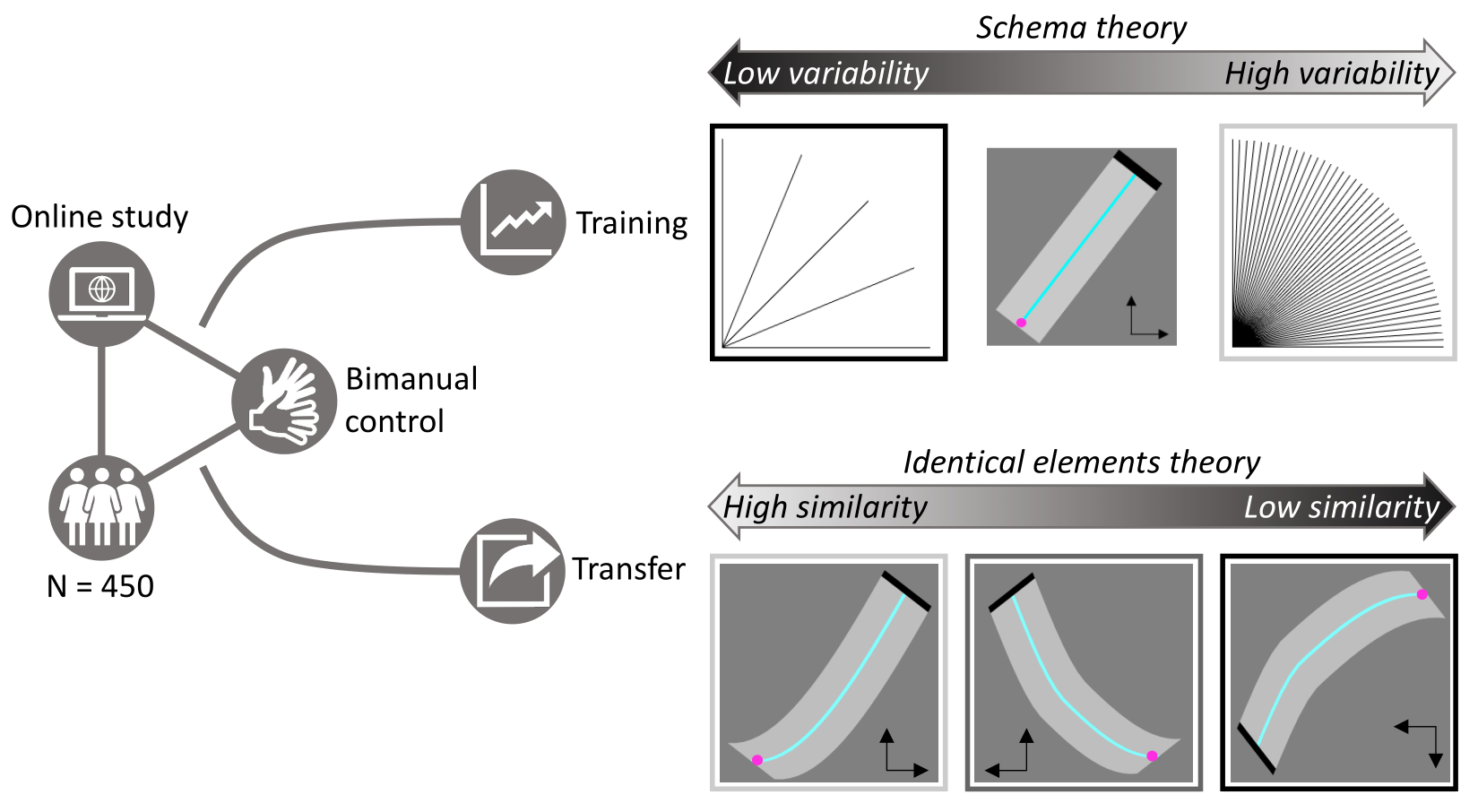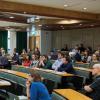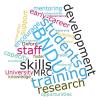Relationship between skill training and skill transfer through the example of bimanual motor learning.
Our daily lives involve repeated training, for example, in aiming to increase our performance of an action ("skill learning"). We benefit from the acquired skill when performing other actions ("skill transfer"). This work explores the relationship between skill training and skill transfer through the example of two-handed motor learning, taking advantage of online studies to achieve a large and diverse sample.
Skill training aims to improve the performance of the task at hand and aims to transfer the acquired skill to related tasks. Both skill training and skill transfer are part of our everyday lives, and essential for survival, and their importance is reflected in years of research. Despite these enormous efforts, however, the complex relationship between skill training and skill transfer is not yet portrayed completely. Building upon two theories, we probed this relationship through the example of bimanual learning with a large cross-sectional design (N = 450) using an online framework. We designed five training tasks which differed in the variance of the training material (schema theory) and three transfer tasks differing in their similarity to the training task (identical elements theory). Theoretically, the five training tasks and the three transfer tasks varied approximately linearly from each other. Empirical data, however, suggested merely the presence of three statistically different training tasks and two significantly different transfer tasks, indicating a nonlinear relationship. Against our expectation, Bayesian statistics suggested that the type of skill training was not related to the type of skill transfer. However, the amount of skill training was positively related to the amount of skill transfer. Together, we showed that motor learning studies can be conducted online. Further, our results shed light on the complex relationship between skill training and skill transfer. Understanding this relationship has wide-ranging practical implications for the general population, particularly for musicians, athletes and patients recovering from injury.

2024. Eur J Neurosci, 59(1):54-68.

